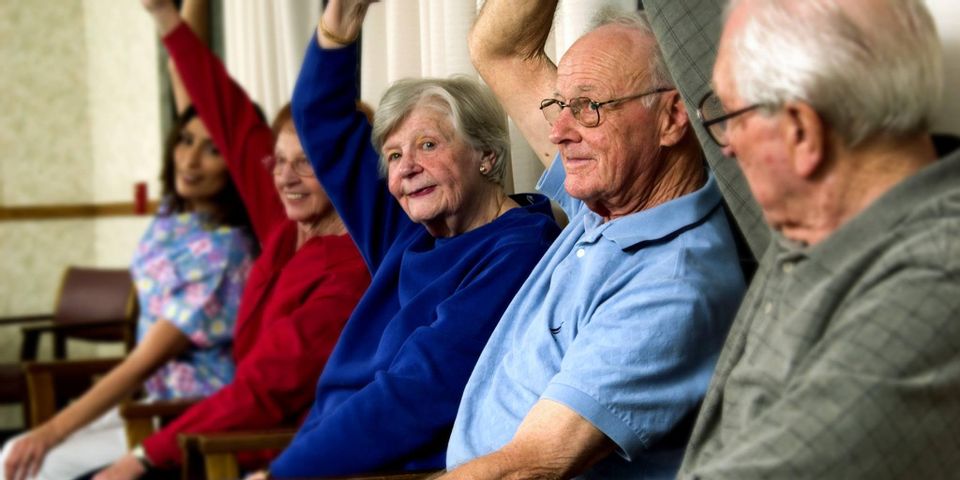Does Activity Staff Turnover Affect Your Facilities Culture?

Activity Staff Turnover and Facility Culture
When you work in a resident care facility, it doesn’t take long to see the unsung heroes. Those folks who go to work every day with a smile, tending to patients and residents, lovingly caring for those under their care. Many of the day to day issues are professionally handled by very capable and caring CNAs, facility maintenance, dining services, nursing, and of course, administration. But there is another group that receives very little attention and very few accolades. These unsung heroes are also daily hands-on with residents, but in a different capacity. I’m talking about the activity folks. The ones who plan resident calendars, interact daily with residents, listen to their suggestions, encourage participation, and try to create a satisfying environment for residents to enjoy. The importance of activity personnel is rarely validated, either verbally or financially, but their contributions are enormous.
Without activity staff, residents would probably spend most of their day in their room, only coming out for meals. Resident friendships and comradery would have limited avenues to develop. Cognitive stimulation would be limited and physical movement greatly reduced. The entire resident experience and facility culture would suffer greatly without these engaging schedule planners who make facility living an inviting experience.
If you pay close attention – the pulse of a senior care facility can many times be measured by the level of engaged participation of the residents in – ACTIVITIES! Resident engagement strongly correlates with resident satisfaction, not only with their living arrangements, but overall life satisfaction.
The American Health Care Association (AHCA)/National Center for Assisted Living (NCAL) reports that in 2016, the average annual turnover rate was about 36% among assisted living resident assistants and personal care aides. Since activities wasn’t specifically listed in their report, we have to assume that their turnover rate is close.
Unfortunately, training for these everyday heroes may be as limited as the recognition they receive. Many times, their ideas come from surfing the internet, replicating, adapting, or recycling previous successes, and trying to inject freshness into each monthly calendar. While they may be known most for bingo, the activity staff covers a wide range of job duties and skills – usually with little to no training. Lack of training combined with low-level pay tends to create a high turnover scenario in many companies. Without the need for a degreed clinical education, the pay scale is more understandable. However, lack of recognition and resource training for the important work they do can leave many activity staff feeling overwhelmed and underappreciated.
That’s why the Rebuild Me Wellness Programs provide activity staff the training and resources needed to implement an engaging wellness program for the residents they work with as part of our total package program. Along with all of the resources necessary for a successful year-long wellness program – we included training to provide monthly guidance to educate and empower activity staff. And because each month has complete instructions, new staff can easily step in and take over.
Creative and best practice training can go a long way to alleviate activity staff turnover. Expressed appreciation provides valuable validation for workers who may be stretched thin, overwhemed, and/or thinking about leaving. A few kind words of recognition go a long way. So the next time you see residents interacting with each other while making crafts, listening to music, or participating in a group activity – remember the ones who planned and prepared. Remember to thank those who work so hard on the back end to create an active and engaging culture – those unsung heroes in activities! Increased appreciation will go a long way in reducing turnover and maintaining a healthy culture in your facility.
About the Business
Have a question? Ask the experts!
Send your question

